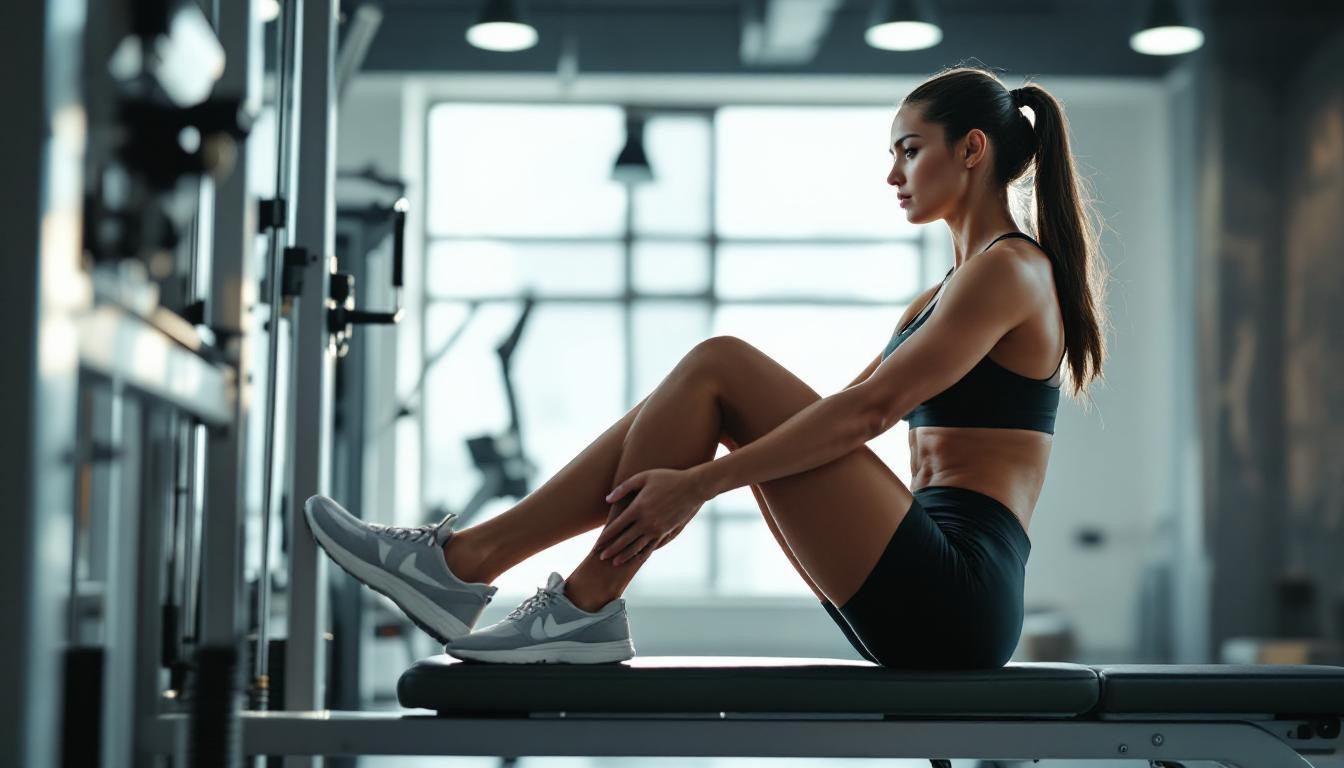I’ve always struggled with hip stability during my workouts. So when my physical therapist suggested adding hip abduction machine exercises to my routine, I decided to take it a step further. For 30 days straight, I committed to daily hip abduction workouts to see what would happen. The results were nothing short of transformative for my lower body strength, stability, and even my running performance.
What happens when you train your hip abductors daily?
The hip abduction machine specifically targets your gluteus medius and minimus—muscles most people completely overlook in their training. These muscles are crucial for hip stability, balance, and proper lower body alignment during movement.
“When clients strengthen their hip abductors consistently, we typically see dramatic improvements in their overall movement patterns and reduced knee pain,” explains Dr. Mark Henderson, sports medicine specialist at Austin Sports Medicine Center. “These muscles are the unsung heroes of lower body stability.”
My 30-day hip abduction machine protocol
I kept my approach simple but consistent:
- 3 sets of 12-15 reps daily
- Moderate weight (enough to feel challenged by the final 3 reps)
- Slow, controlled movement with a 2-second pause at full extension
- Focus on proper form rather than heavy weight
The surprising benefits I experienced
By week two, I noticed my running stride felt more stable. Previously, my knees would occasionally cave inward during longer runs—a telltale sign of weak hip abductors. That tendency disappeared completely by day 20.
Physical therapist Jennifer Liu notes, “Hip abductors are like the guardians of proper knee alignment. When strengthened properly, they prevent the knee from collapsing inward during activities like running or squatting, which significantly reduces injury risk.”
Improved balance and stability
My balance improved dramatically during single-leg exercises like lunges. Before this experiment, I’d wobble during single-leg deadlifts. By day 25, I could perform them with remarkable steadiness.
Think of your hip abductors as the stabilizing cables on a suspension bridge—when strengthened, they keep everything aligned and functioning smoothly even under stress.
Enhanced athletic performance
Perhaps the most surprising benefit was how this seemingly isolated exercise improved my overall athletic performance. My lateral agility during basketball and tennis significantly improved. The ability to push off sideways with more power made a noticeable difference in my recreational sports performance.
The unexpected aesthetic changes
While not my primary goal, I noticed my upper glutes developed a more defined shape. This area—often underdeveloped even in regular gym-goers—responded remarkably well to consistent training, similar to how focused calf training can transform lower legs.
Combining with complementary exercises
For maximum benefit, I incorporated these additional movements into my routine:
- Hip adduction machine (for balanced development)
- Side-lying leg raises for additional abductor activation
- Dedicated hip mobility stretches to improve range of motion
Were there any downsides?
By day 6, I experienced some muscle soreness, but this subsided as my body adapted. The key was maintaining proper form and avoiding excessive weight that might compromise technique.
Unlike more intensive daily challenges like shoulder shrugs or kettlebell exercises, hip abduction work seemed to cause minimal recovery issues.
What’s most remarkable about this simple addition to my fitness routine? The improvements in stability, performance, and even aesthetics far outweighed the minimal time investment. Those often-neglected side hip muscles might just be the missing piece in your training puzzle too.
